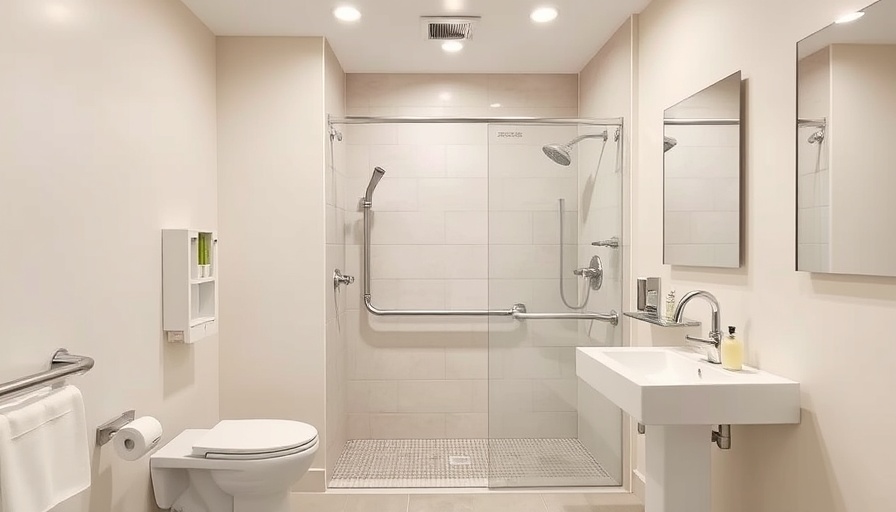
Why ADA Compliance Matters in Home Renovations
When considering renovations, especially for homeowners in New Jersey, understanding ADA compliance isn't just about following regulations—it's about embracing a culture of inclusivity and accessibility. The Americans with Disabilities Act (ADA), enacted in 1990, aimed primarily at public accommodations but also extends its principles into our homes. As societal norms evolve, so does the understanding of what it means to create a welcoming space for everyone, including those with disabilities.
Legal Compliance vs. Moral Responsibility
Compliance with the ADA is often viewed through the lens of legality, but as the conversation surrounding accessibility evolves, it’s becoming increasingly apparent that it is also a moral imperative. Homeowners in New Jersey are tasked with balancing established aesthetic preferences with necessary functionality, ensuring their homes are safe and comfortable for occupants with mobility challenges. Beyond the law, this compliance reflects an individual's commitment to fostering inclusivity.
The Impact of ADA Features on Home Value
ADA-compliant renovations offer tangible benefits, chief among them is increased property value. Homes designed with universal access appeal to a broader demographic, including aging populations and families with disabilities. Therefore, properties that are ADA-compliant are likely to attract interest and potentially fetch higher market prices. Realtors have increasingly observed a demand for homes that prioritize accessible features—which can also lead to faster sales.
Improving Lives Through Thoughtful Design
Renovating homes to include ADA features significantly enhances the quality of life for families with disabled members. Simple modifications—like adding grab bars, ensuring hallways are wide enough, or installing roll-in showers—can greatly improve comfort and safety. These changes allow family members to reclaim their independence, transforming a basic environment into a nurturing home.
Understanding Local Regulations and Codes
In New Jersey, homeowners should familiarize themselves with local building codes related to ADA compliance. Each municipality may enforce specific accessibility requirements that go beyond federal guidelines. Understanding these can help homeowners not only comply with laws but also capitalize on state aid programs often available to assist in funding such renovations.
Insurance Advantages to ADA Compliance
Another less-discussed benefit of making a home ADA compliant is the potential for reduced insurance premiums. Insurance companies frequently assess the safety features of a home when determining coverage and premium costs. With ADA upgrades, homeowners may find themselves eligible for lower rates, thereby impacting their overall financial well-being.
Conclusion: Embracing Change for Better Living
As we move forward in an age where accessibility and inclusivity are not only desired but expected, homeowners in New Jersey should take the proactive step to prioritize ADA compliance in their renovations. Beyond just a legal consideration, doing so reflects a commitment to create spaces that welcome and support all family members.
If you're considering renovations that enhance accessibility, now is the perfect time to explore options that not only comply with ADA standards but also transform your living environment into an inclusive haven. Start planning your accessible makeover today!
 Add Row
Add Row  Add
Add 




Write A Comment